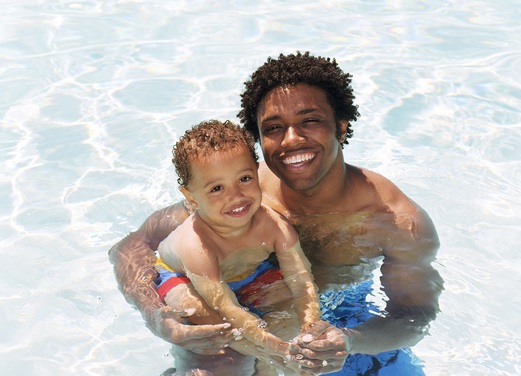
For many teens, summer provides an opportunity to develop experience and earn money through a summer job. Caring for children, whether as a babysitter, camp counselor or otherwise, is often a popular choice, and may entail spending time at a pool.
Pool Safely knows that when it comes to water safety, you can never be too prepared, so we created this water safety checklist for teens to follow while caring for children this summer:
Safety Checklist:
CPR saves lives. Know how to perform CPR on both adults and children—each require a different technique. Your certification expires after a period of time, so be sure to keep it current. You can find a CPR course near you by contacting the American Red Cross, and you can learn more about how CPR saves lives, particularly from drowning incidents, at TheCPRParty.org.
Knowing how to swim is a lifesaving skill that everyone should learn. If you don’t know how to swim or would like to brush up on your skills, Pool Safely partner organizations like the YMCA, American Red Cross and the USA Swimming Foundation offer swimming classes in communities across the country. Many times, these classes are either low-cost or free.
Drowning incidents can happen in a matter of seconds, so it is critical to remain vigilant. Never leave a child unattended in or near water, even if he or she knows how to swim. While children are in or around the water, avoid engaging in distracting conversations, reading, or using a cell phone. In addition, ensure there is a designated Water Watcher. A Water Watcher is an adult who is assigned to watch children in the water. This individual regularly scans the bottom of the pool, can locate and use on-site pool safety equipment and is able to administer CPR in the event of an emergency. You can order the Pool Safely free Water Watcher cards to wear, and by doing so, you can show other adults and kids in the area that you’re the designated child supervisor.
If you are caring for kids in a home with a pool or spa, confirm with the family which layers of protection they have in place between the children and the water. Do they have a door alarm? A gate? A cover? Make sure you know how to operate each layer and that it is working properly. Always ensure pool gates are securely latched and doors to the pool are locked. Doing so prevents kids from slipping outside and gaining access to the pool. You can read more about safety barrier guidelines for residential pools here.
- Know your emergency contacts
Ask children’s parents for a list of emergency contacts and keep it handy at all times.
- Take the Pool Safely Pledge and share it with the children you’re watching too!
Taking the Pledge means you’re committed to following the simple safety steps. The Pledge is available for both kids and adults and in English and Spanish. You can also take the Pledge online or by printing it from the Pool Safely materials catalog.
Following these steps will help make your time caring for kids this summer safer and more fun for everyone!


